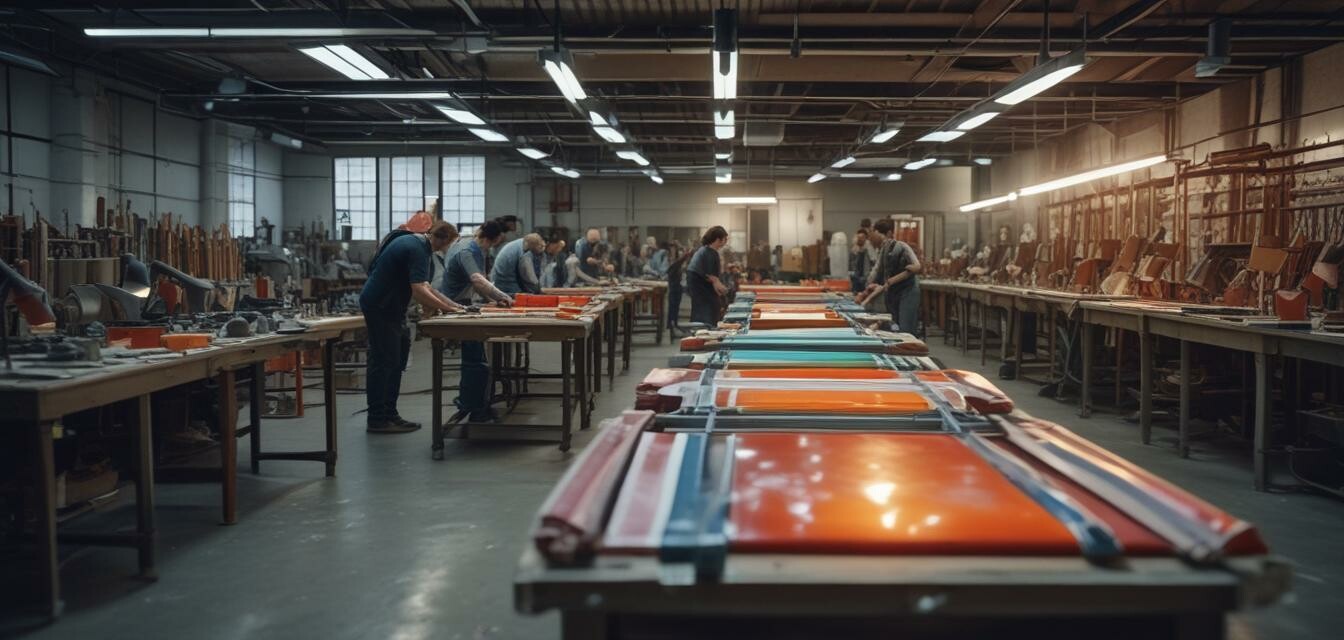
Kiln Safety 101: Essential Practices for Every Glass Artist
Key Takeaways
- Always wear appropriate safety gear when operating kilns.
- Keep the workspace clean and free from hazards.
- Understand the kiln's operating manual and safety features.
- Ensure proper ventilation in the workspace.
- Regularly check and maintain your kiln for optimal performance.
Working with glass can be an incredibly rewarding experience, allowing artists to create breathtaking pieces that showcase their creativity. However, safety should always be a top priority, especially when working with kilns that reach high temperatures. This article outlines essential safety practices every glass artist should follow to ensure a safe working environment while efficiently producing stunning glass art.
Understanding kiln hazards
Before diving into safety practices, it's important to recognize the potential hazards associated with kiln use. Below are some common hazards to consider:
| Hazard | Description |
|---|---|
| High temperatures | Kilns operate at extreme temperatures, which can cause burns or fire hazards. |
| Ventilation issues | Poor ventilation can lead to harmful fumes and overheating. |
| Electrical hazards | Improper wiring or faulty equipment can pose electrical shock risks. |
| Sharp glass edges | Unfinished glass can have sharp edges that may cause cuts or injuries. |
| Weight of materials | Lifting heavy glass pieces or kiln components can lead to physical strain or injury. |
Essential safety practices
Now that you understand the hazards, let’s discuss essential safety practices that can help ensure your glass working environment remains safe.
1. Wear the right safety gear
Using personal protective equipment (PPE) is essential for minimizing risks while working with kilns. Recommended safety gear includes:
- Heat-resistant gloves
- Safety goggles or glasses
- Dust mask or respirator
- Protective apron
- Closed-toed shoes
2. Maintain a clean workspace
Clutter can lead to accidents and make it difficult to access emergency equipment. Follow these tips:
- Keep materials organized and stored properly.
- Regularly clean spills or debris around the kiln.
- Ensure clear paths for movement and access to exits.
3. Read and understand the kiln manual
Your kiln will come with a manual that includes vital safety and operational information. Make sure to:
- Familiarize yourself with the kiln's features and safety mechanisms.
- Follow the manufacturer's recommendations for loading and firing your kiln.
- Consult the manual for troubleshooting and maintenance guidelines.
4. Ensure proper ventilation
To avoid harmful fumes, ensure adequate ventilation in your workspace:
- Install exhaust fans or open windows when firing your kiln.
- Use a fume extractor when working with materials that produce dangerous fumes.
- Regularly check for proper airflow in and around the kiln.
5. Regular maintenance and checks
Regular maintenance can prevent accidents and enhance the operational longevity of your kiln. Here are key maintenance practices:
- Inspect electrical connections and the exterior for wear and tear.
- Clean kiln shelves and interior surfaces regularly.
- Check temperature controls and calibration frequently.
Conclusion
By implementing these essential safety practices, you can create a safe working environment while indulging in the wonderful art of glass making. Remember, a cautious approach not only protects you but also allows your creativity to flourish unhindered. For more information on glass making equipment, check out our categories like Glass Kilns and Glass Molds.
Pros
- Ensures personal safety while working.
- Creates an efficient workspace for creating art.
- Enhances the lifespan and performance of equipment.
Cons
- Some safety gear may be uncomfortable.
- Maintenance may require additional time and effort.
Further Reading
Explore more about glass making in our detailed blog posts, including:

